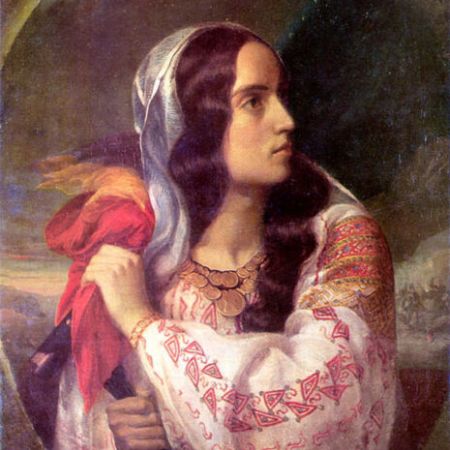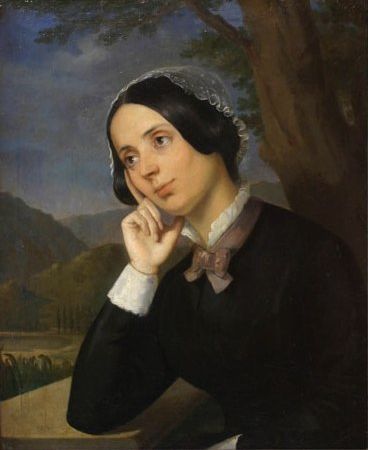Born in 1820 in Hungary, he would pass away in 1851, when he was just 31 years old, a dear loss for Romanian arts. For in this very short time Constantin Daniel Rosenthal was known as an influential and strong voice in plastic arts, and only his untimely demise prevented him from becoming a real master. As a painter, sculptor and especially as a revolutionary activist, he worked in a Romantic style, strongly marked by nationalist values, and produced several works of art - especially portraits - which were very popular.

Revolutionary Romania
The artist actually came from a rather poor Jewish family, in Pest, and by the time he turned 17 he left abroad, to Vienna, enrolling at the Fine Arts Academy, where he specialised in archeological drawing. He surprised everyone with his native talent, but moreover with his devotion to art. It seemed like Rosenthal wanted to learn as much as he possibly could in the shortest time. He would come to Bucharest only in 1842, and at first he produced a series of boyar's portraits, his first commisions, which at the same time offered him a chance of perfecting his style and earning some money. At the same time he began discovering the Romanian nationalist groups and circles, who wanted more freedom and even independence.
In 1844 Rosenthal once again left the country, this time moving to Paris, where he continued his art studies. At the same time, together with C.A. Rosetti, he bagan attenting the often secret meeting of Romanian students, who were planning changes, revolutions and revolts, which should have forever changed the history of their country.

Portrait of Maria Rosetti
He travelled to England in 1846, to further continue his studies and in 1847 he was back to Budapest, for a short while, finally returning to Bucharest, where he once again was in touch with the radical circles, and even the secret "Fratia" society. This was one of the most important revolutionary circles of those times, having in it's ranks most of the young intelectuals of Romania, several of them having studied abroad. He also received several commisions for portraits and scenes. After the Revolution began, he tried to become a Romanian citizen, received several major commisions - such as the deisgn for a triumphal arch in the country's capital - and everything seemed to be perfect for the young artist.
Yet, after the defeat of the Revolution, he wasn't arrested and returned to Budapest, then to Paris, in 1850, and resumed his artistic and propaganda activites, confident that a future revolution, better prepared, will be successful. It was now that he created his most important and celebrate work, "Revolutionary Romania", the character portretised being actually Maria Rosetti. Moving to Switzerland, poor and sick, he travelled a lot, had some success with his works, and was finally arrested in Budapest, for his political and revolutionary activity. According to historians, this briliant artist and dedicated/romantic revolutionary was interogated, tortured and killed.
He was just 31 years old. A great loss for art and nationalist ideals of Romania.
Photo : wikipedia.org
2008-07-30

































